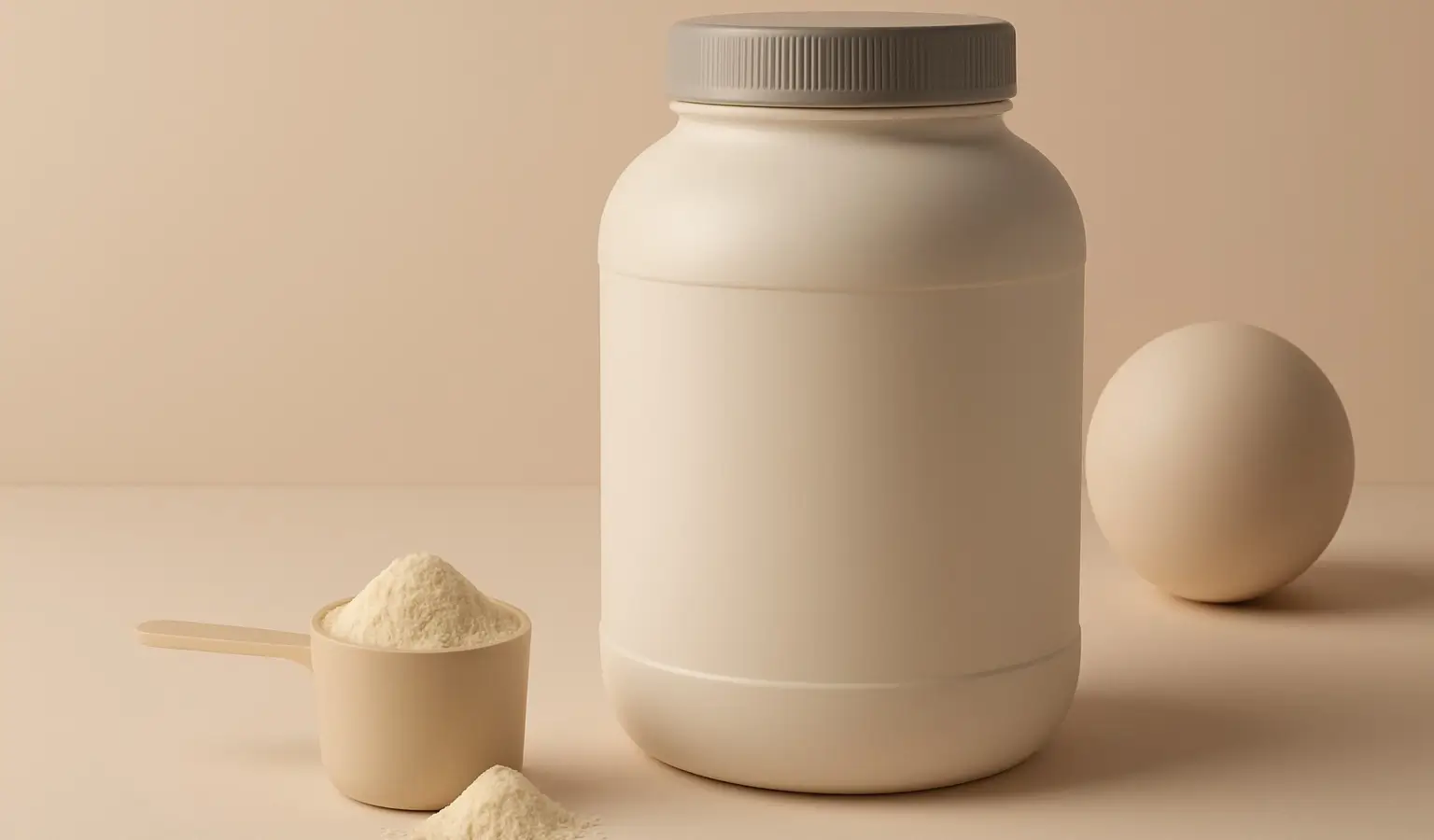- Proteins are large, complex biomolecules essential for the structure, function, and regulation of cells, tissues, and organs.
- Composed of amino acid chains, their sequence determines their 3D structure and specific function.
- Proteins participate in metabolism, structural support, transport, signaling, and immune defense.
Classification of Proteins

- Protein can be classified based on structure or function, reflecting their diverse biological roles.
-
Structural Classification
-
Fibrous Protein:
- Provide structural support, strength, and elasticity.
- Examples: Collagen (connective tissues), Keratin (hair, nails), Elastin (blood vessels).
-
Globular Protein:
- Compact, soluble protein involved in catalysis, transport, and regulation.
- Examples: Amylase (enzyme), Hemoglobin (oxygen transport), Antibodies (immune defense).
-
-
Functional Classification
- Enzymes: Speed up biochemical reactions (g., amylase, DNA polymerase).
- Structural Protein: Maintain cellular structure (g., actin, tubulin).
- Transport Protein: Move molecules across membranes (g., hemoglobin, ion channels).
- Signaling Protein: Involved in communication (g., insulin, receptors).
- Defensive Protein: Protect against pathogens (g., antibodies, complement proteins).
Advertisements
Properties of Proteins
-
Conformation:
- The 3D structure is crucial for function, stabilized by hydrogen bonds, ionic bonds, and hydrophobic interactions.
-
Specificity:
- Protein interacts precisely with specific molecules (e.g., enzymes with substrates, antibodies with antigens).
-
Sensitivity to Environmental Conditions:
- Temperature, pH, and ion concentration can alter protein structure and function.
Functions of Proteins
- Proteins play diverse biological roles, including:
- Catalysis: Enzymes accelerate metabolic reactions.
- Structural Support: Collagen strengthens tissues.
- Transport: Hemoglobin carries oxygen; membrane proteins transport nutrients.
- Signaling: Hormones and receptors mediate cellular communication.
- Defense: Antibodies neutralize pathogens.
- Regulation: Control gene expression and enzyme activity.
Examples of Proteins
- Hemoglobin: Oxygen transport in red blood cells.
- Collagen: Structural support in connective tissues.
- Insulin: Regulates blood glucose levels.
- Amylase: Breaks down starch into sugars.
- Actin: Essential for cell movement and structure.
Chemical Nature and Biological Role
- Protein consists of amino acids linked by peptide bonds, with their sequence determining function.
- Their versatility and specificity allow them to perform essential tasks in metabolism, signaling, transport, and defense.
- Protein is fundamental to life, enabling biochemical complexity and cellular organization.
- Protein is indispensable for sustaining life, making them one of the most critical macromolecules in biology.
Click Here to Watch the Best Pharma Videos
Advertisements

